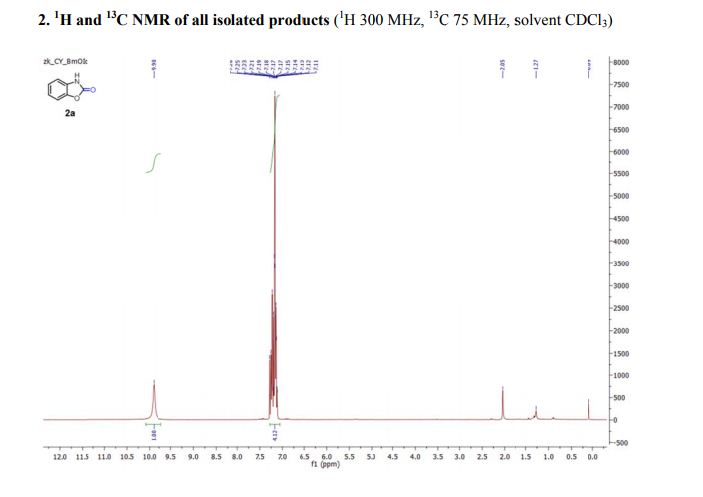

Informal observations are that they can be distinguished by the MS-1 +/MH + intensity ratios, where the trans-trans isomer is formed at greater relative abundance than the cis-cis isomer (Lawrence and Brenna, 2005). CLA isomers of common geometry, cis/cis and trans/trans isomers, yield similar α/ω ratios and cannot be distinguished by MS-2 alone. MS-2 mass spectra for cis-9, trans-11-18:2 and trans-9, cis-11-18:2, with α/ω ratios of 5 and 0.4, respectively, are presented in Figure 12. Thus, cis-trans isomers give an α/ω ratio ≥ 4 while trans-cisisomers yield a ratio less than 1.0. α/ω ratio) reveals the geometry of the double bonds, with the fragment arising from cleavage adjacent to the trans bond more prominent than the fragment adjacent to the cis bond. Surprisingly, the ratio of the α and ω ions (i.e. Similar to homoallylic dienoic FAME, fragmentation of CLA in MS-2 occurs allylic to the double bonds and the mass spectra yield α and ω diagnostic ions indicative of double bond position. For highly unsaturated FAME, the + ion is often the most prominent ion in the mass spectrum consistent with the enhanced probability that MIE reacts with the greater number of double bonds per molecule.ĬLA are particularly amenable to analysis by CACI-MS/MS (Michaud et al., 2003). Finally, the MS-1 of Me22:6n-3 shows dominant +ion at m/z 396 relative to the + ion. Similarly, MS-1 for Me18:2n-6 shows the same four ions and with greater relative intensity for + and + compared with the corresponding ions from monoene FAME. For monoenes, the MS-1 spectrum is dominated by MH +, while the +, + and + ions are found at lower intensities. Four characteristic ions are found corresponding to the protonated molecular ion ( +), the + ion with a loss of 32 Da (- CH 3OH) or 50 Da (- CH 3OH, - H 2O) and the +ion. The MS-1 spectrum for Me18:1 is similar to that of all unsaturated FAME. The Me18:0 MS-1 spectrum has only a protonated molecular ion, + at m/z 299. Moreover, the large number of low abundance fragments that are not characteristic of a particular fatty acid makes selected ion monitoring nearly impossible.įigure 1 presents MS-1 spectra under CACI conditions for a representative saturate, monoene, diene, and polyene: methyl stearate (Me18:0), oleate (Me18:1n-9), linoleate (Me18:2n-6), and docosahexaenoate (Me22:6n-3).

The necessities of different derivative chemistry and chromatography are inconvenient for most labs, and the differing retention times of FAME versus the corresponding DMOX or picolinyl derivative can make matching minor components impossible.

Each derivative requires its own chromatography conditions and in addition the lower molecular weight esters have lower volatility than FAME.

The strong charge-localizing properties of the derivative group yields many low abundance ions that are indicative of single and double bonds. A solution to the charge localization problem is the conversion of FAME to dimethyloxazoline (DMOX) or picolinyl esters, discussed elsewhere in the Lipid Library (see the Beginner's Guide-2). Conventional electron impact (EI) MS with 70 eV electrons yields peaks that are mostly not specific to structure because of diffuse charge localization that drives rearrangements and fragmentation (see the Beginner's Guide-1 on this site). The utility of many of these methods for identifying double bond position is limited. Methods for the structural characterization of fatty acid methyl esters (FAME) by mass spectrometry (MS) are restricted to a few techniques that are rare in modern MS laboratories. Was purified by column chromatography using hexane - EtOAc as eluent to yield the title compound as a colorless liquid (2.58 g, yield 70%) Were dried over anhydrous Na2SO4 and concentrated at 40 ☌ under vacuum. The aqueous layer extracted with ethyl acetate (2 × 15 mL). After concentration under vacuum, the residue was diluted with ethylĪcetate (30 mL) and neutralized with aq. The reaction mixture then was heated and stirred at Sodium ethoxide (4.51 g, 66.33 mmol) portionwise at 20 ☌ over 0.5 h followed by 1,2-ĭibromoethane (7.47 g, 39.8 mmol). To a stirred solution of ethyl cyanoacetate (3 g, 26.53 mmol) in ethanol (30 mL), was added 1-Cyanocyclopropanecarboxylic acid ethyl ester


 0 kommentar(er)
0 kommentar(er)
